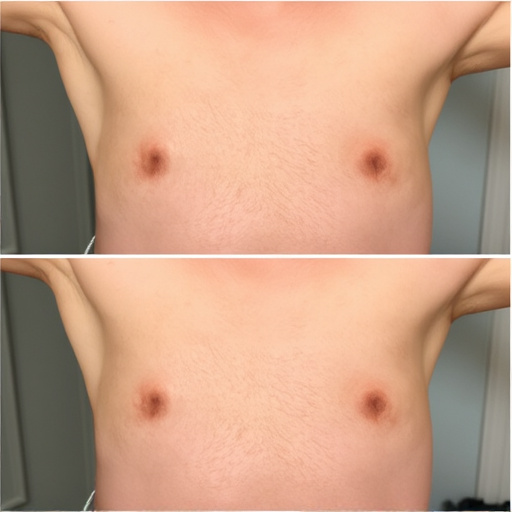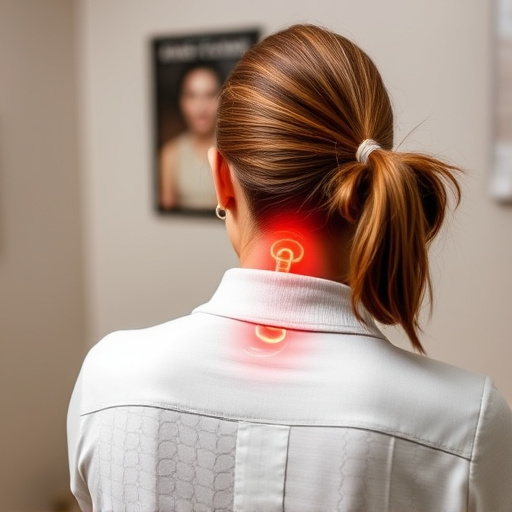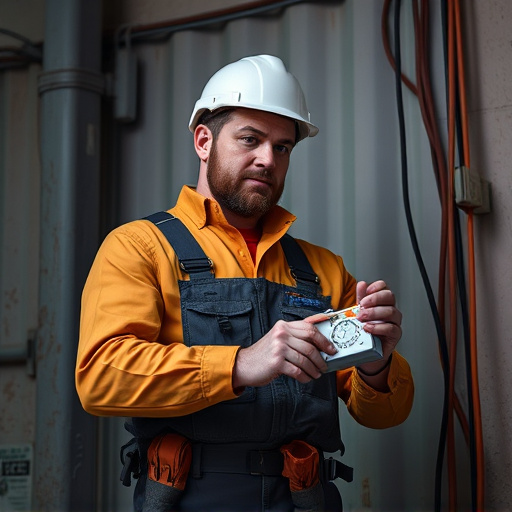Injen MR Technology intakes are designed to complement MAF sensors, optimizing airflow dynamics for improved vehicle performance, throttle response, and fuel economy. These intakes use advanced materials and precise tuning to enhance engine performance while maintaining efficient combustion, making them ideal for drivers seeking a responsive driving experience without sacrificing fuel efficiency. Sensor calibration, facilitated by tools like Injen MR Technology intakes, ensures optimal air-fuel mixture, leading to better fuel economy, reduced emissions, and enhanced overall vehicle performance. Best practices for MAF sensor calibration include using high-quality tools, maintaining clean components, regular maintenance, timely calibration, and controlling environmental conditions.
MAF (Mass Air Flow) sensor calibration is a game-changer for vehicle performance. This article delves into the intricacies of MAF sensors, specifically exploring Injen MR Technology intakes, and their crucial role in optimizing engine efficiency. We’ll uncover how sensor calibration impacts overall performance, from enhanced fuel injection to improved throttle response. Learn best practices and benefits, including increased power output and reduced emissions, ensuring your vehicle runs at peak condition with the advanced Injen MR Technology intake system.
- Understanding MAF Sensors and Injen MR Technology Intakes
- The Impact of Calibration on Performance and Efficiency
- Benefits and Best Practices for Sensor Calibration
Understanding MAF Sensors and Injen MR Technology Intakes

MAF (Mass Air Flow) sensors are crucial components in modern vehicles’ engine management systems, responsible for measuring the amount of air entering the engine. They play a vital role in ensuring optimal fuel-air mixture for efficient combustion. Injen MR Technology intakes are designed to work hand-in-hand with these sensors, enhancing performance and fuel economy.
Injen’s innovative intake systems incorporate advanced materials and designs to optimize airflow dynamics. The MR (Multi-Piece Reinforced) technology, in particular, allows for precise tuning of the air flow path. By carefully managing the air entering the engine, Injen MR intakes help improve throttle response, power output, and overall vehicle performance. This is especially beneficial for those seeking a more responsive and dynamic driving experience without compromising fuel efficiency.
The Impact of Calibration on Performance and Efficiency

MAF sensor calibration plays a pivotal role in enhancing engine performance and improving overall vehicle efficiency. This process involves fine-tuning the Mass Air Flow (MAF) sensor, which measures the amount of air entering the engine. When the MAF sensor is accurately calibrated using cutting-edge technologies like Injen MR Technology intakes, it ensures that the engine receives the optimal air-fuel mixture. This precision leads to several benefits: improved fuel efficiency as the engine burns fuel more efficiently, reduced emissions due to better control over combustion, and enhanced overall performance, resulting in a smoother and more responsive driving experience.
Injen MR Technology intakes, for instance, offer advanced calibration capabilities that optimize air flow, enabling the engine to deliver peak power and torque. By accurately calibrating the MAF sensor, these systems help drivers enjoy the full potential of their vehicles without compromising on environmental considerations. This is particularly important in modern vehicles with sophisticated engine management systems that rely heavily on precise sensor data for optimal performance.
Benefits and Best Practices for Sensor Calibration

Benefits and Best Practices for Sensor Calibration
Sensor calibration is a critical process that enhances the performance and accuracy of various automotive sensors, including the Mass Air Flow (MAF) sensor. By ensuring the MAF sensor provides precise readings, it optimizes engine performance, improves fuel efficiency, and reduces emissions. Injen MR Technology intakes, for instance, leverage this principle to deliver enhanced airflow measurement, resulting in smoother power delivery and better overall engine response.
When calibrating a MAF sensor, follow best practices such as using high-quality tools and clean components. Regular maintenance and timely calibration are essential to prevent drifts in sensor readings. Additionally, ensuring proper environmental conditions during calibration, like a cool and stable temperature, minimizes errors. Consistent adherence to these practices not only extends the lifespan of your sensors but also guarantees optimal engine performance and efficiency.
Injen MR Technology intakes, equipped with MAF (Mass Air Flow) sensors, offer significant performance and efficiency gains when properly calibrated. By understanding the role of these sensors and implementing best practices for calibration, vehicle owners can experience improved engine response, enhanced fuel efficiency, and optimal power output. Regular sensor calibration ensures the engine management system receives accurate air flow data, resulting in a smoother and more efficient combustion process. This simple yet effective maintenance step is key to unlocking the full potential of Injen MR Technology intakes.














